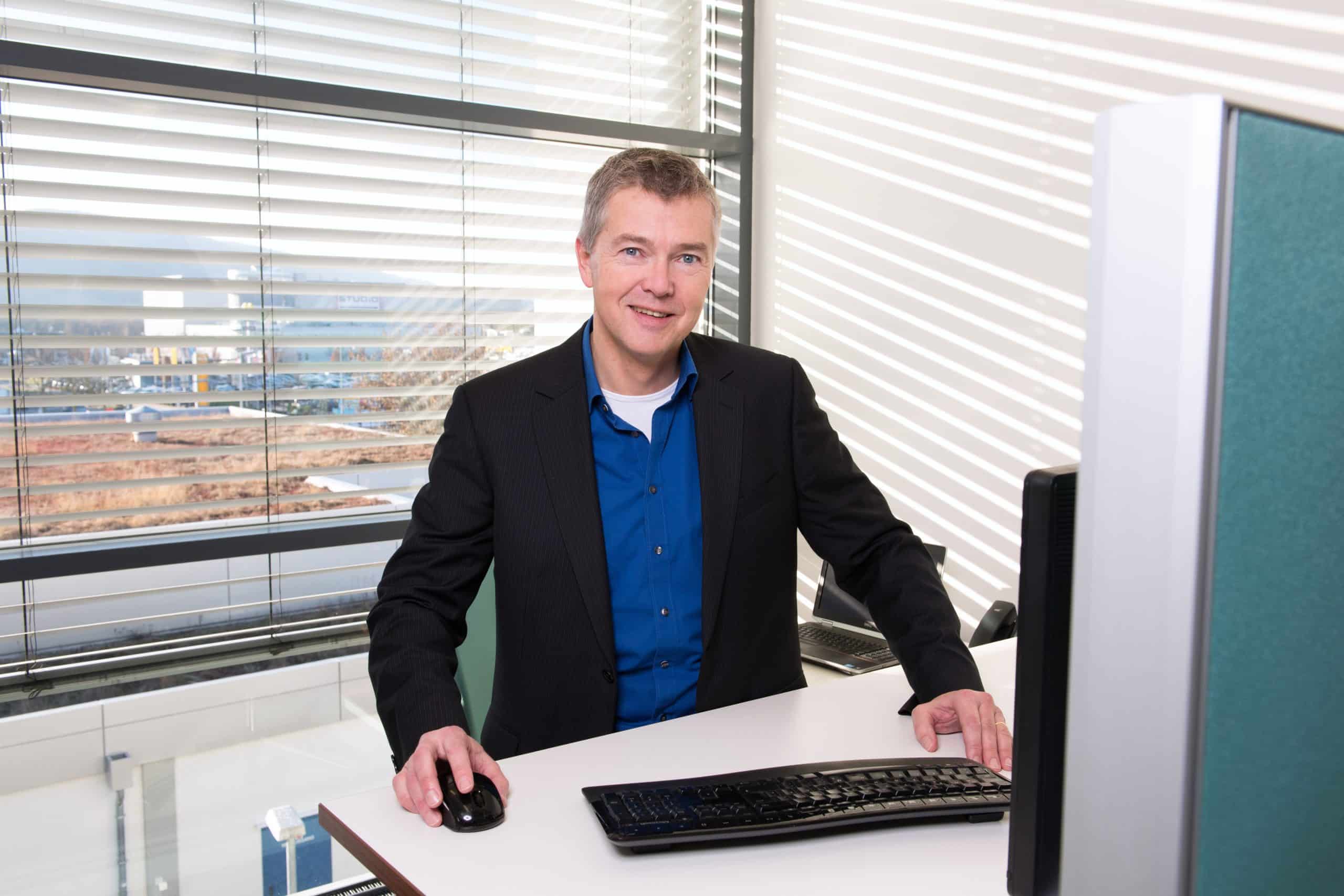
Post-editing of machine translations in accordance with ISO 18587
Quality checked machine translations
- MT + post editing saves you time and money
- Post-editing support with the quality assurance software ErrorSpy
- We advise you on the suitability of your texts for MT
Quality assurance during post-editing
Post-editing by trained posteditors
Machine translation is becoming increasingly important. As a matter of principle, we do not use any machine translation system (MT system) without consulting our customers. Today’s state of the art are neural machine translation systems (NMT systems), which make different errors than human translators or rule-based or statistical MT systems.
.
Post-editing ultimately determines how successfully machine translation can be used. Too much effort negates the economic and time benefits of MT. Too little effort increases the risk of errors and can lead to serious mistakes. Post-editing must be learned. It is a specialization in itself, different from editing human translations.

Translation into all languages
We translate into all languages
Do you need a translation? We will send you a quote within the shortest possible time. Send us your request with this quote form.
Revisers who understand machine translation
Quality and time saving

Post-editing according to ISO 18587
The ISO 18587:2018 standard, which defines the requirements for revising machine translation, distinguishes between two levels of post-editing: light post-editing and full post-editing.
In light post-editing, the post-editor must correct errors in content, such as comprehension errors, numbers, or incorrect statements. However, it should not eliminate all syntax errors as long as they do not distort the meaning of the sentence. The goal is an understandable text that does not necessarily have to reach the quality of a human translation.
In full-post editing, the goal is to achieve a translation of similar quality to that of a human translator. The ISO 18587:2018 standard stipulates that post-editors should have the same qualification as for specialized translators as defined by ISO 17100.
Training post editors
It is not easy for a post-editor to quickly decide what to accept from machine translation and what to correct. It takes several months for a post-editor to achieve the desired output. On average, and depending on the quality of the MT output, a post-editor can correct about 7000 words per working day.
We support our post-editors and give them feedback on the result of their work. Post-editors gradually learn the specific errors MT systems make with certain topics, clients, and text types, and over time become much more targeted with machine-translated texts.
We provide our post editors with our quality assurance software, ErrorSpy, which has its own editor for corrections and automatically detects and displays a wide range of errors, such as consistency errors, numerical errors, or terminology errors.


Residual risk
Despite all quality assurance measures and technologies, a residual risk remains with machine translation + post-editing. Some machine translations sound so good that the post-editor may read them too quickly. If the meaning is wrong, if a crucial word is missing, or if a homonym is misinterpreted, errors can be overlooked.

Another SEO headline
Lorem ipsum dolor sit amet, consetetursadipscingelitr, sed diam nonumy eirmod tempor.

Another SEO headline
Loremipsumdolor sit amet, consetetur sadipscing elitr, sed diam nonumy eirmod tempor.

Another SEO headline
Lorem ipsum dolor sit amet, consetetursadipscingelitr, sed diam nonumy eirmod tempor.

Another SEO headline
Loremipsumdolor sit amet, consetetur sadipscing elitr, sed diam nonumy eirmod tempor.
A reliable solution for automatic translations
We offer you this complete solution for MT and post-editing
We can offer you machine translation + post-editing or postedit machine translations that you have produced yourself. If such projects are regular, then we will discuss with you in advance aspects such as your quality criteria, the possibilities for optimizing the source texts, the specialized terminology to be used or the processes for improving the machine output (feedback from post-editing)
Our services for you are as follows:
- Provision of a team of experienced post-editors for your target languages in accordance with the ISO 18587 standard
- Creation of guidelines for performing post-editing according to your specifications
- Building your terminology in LookUpwith access for you
- Use of our quality assurance software ErrorSpy, which guarantees you higher reliability of our corrections.

Do you want to see if MT + Post Editing is right for you?
We have organized numerous MT projects. Benefit from our experience. We will discuss how and to what extent MT is suitable for you. Just get in touch with us!
